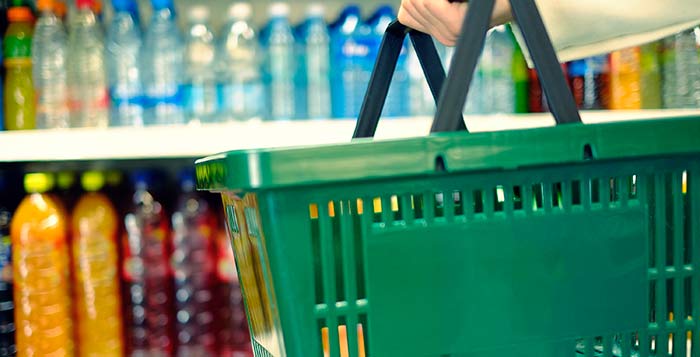 Getting the price proposition of your business correct involves careful consideration of what your customers want to buy. For local shops this means thinking about what is important to the shopper.
Getting the price proposition of your business correct involves careful consideration of what your customers want to buy. For local shops this means thinking about what is important to the shopper.
If you are on a busy high street or near a train station, will shoppers value speed of service? So that if you have what they want and they can get it quickly they will not notice that it is 10p more expensive. If it is available and your service is good, what else do you need to consider? Keeping the shop clean and the lighting bright may be important in that it will help the shopper trust you as a supplier.
If you have a shop on a local estate, where shoppers appear to be price conscious, then your pricing policy may be more challenging. Obviously, you can price compare with Tesco and tell people where you charge the same price. It may not be a pint of milk for 45p. It could be McVities Digestives at 50p.
Michael Jackson, writing in Business XL, argues that “assumptions about products and services and what customers are willing to pay need to be studied scrupulously”. When he launched Sage accounts software, his partner picked on a £99 price tag instead of the £200 that the existing market seemed to suggest. What they discovered was that at £99 many more people were tempted to try the product.
In your shop, there will be a similar equilibrium. To grow market share, you need to experiment with pricing and calculate the balance between the margin per sale and the rate of sale. With a mix of treat and top-up items, you have the opportunity to appeal to the different needs of the same shopper and this is a profit opportunity.



Comments
This article doesn't have any comments yet, be the first!